Attracting International Start-Up Ventures to CT Takes State's Money and Business' Commitment
/Connecticut’s efforts to attract innovative, early stage, start-up companies from around the world will be front and center on Friday at VentureClash, the state’s $5 million global investment challenge. The mission is simple: to provide early-stage companies worldwide with an opportunity to grow their business in Connecticut.
Connecticut Innovations (CI), the leading source of financing and ongoing support for Connecticut’s innovative, growing companies, is the driving force behind VentureClash, which has attracted companies in digital health, financial technology, insurance technology and the Internet of Things.
The nine finalists, from seven countries, will present in front of a panel of expert judges, at the competition to be held at the Yale School of Management. The challenge will provide one top winner with a $1.5 million investment. Up to two second-place winners will each receive a $1 million investment, and up to three third-place winners will receive awards worth $500,000 each.
Applications opened in March. To be eligible, companies must have been in business for at least 12 months, have paying customers or customers who are actively testing the applicant’s product, and be focused in digital health, financial technology (Fintech), insurance technology (InsureTech) or Internet of Things (IoT).
Companies seeking the VentureClash funding must also “be willing to establish a Connecticut presence, which applies to domestic and international applicants,” according to the competition’s criteria.
Tim Armstrong, CEO of Oath, will be the keynote speaker at the event. Oath is a global digital and mobile company that reaches more than one billion global consumers and partners with the world’s leading global brands. Oath owns close to 50 mobile and internet brands, including Yahoo, AOL, HuffPost, TechCrunch, Tumblr and other leading brands as well as global commerce and advertising platforms that support thousands of partners across the globe.
The VentureClash finalists are:
- Bought By Many – A U.K.-based interactive members-only service, Bought By Many offers targeted insurance opportunities designed to help individuals find the right insurance efficiently and customized to their needs.
- Buzzmove – Buzzmove is the United Kingdom’s only price-comparison and instant-booking platform for all services related to moving and the right level of insurance needed to cover moving-related services.
- Davra Networks – Based in Ireland, Davra Networks provides a complete Internet of Things (IoT) platform that allows customers to define, build and bring to market vertical-specific IoT applications while collecting and easily sharing data.
- EAVE – U.K.-based EAVE is developing the next generation of hearing protection and communication technology utilizing noise cancellation and speech enhancement to eliminate noise-induced hearing loss.
- FRISS – Based in the Netherlands, Friss uses proprietary analytics software to provide state-of-the-art solutions in the fields of fraud, risk and compliance for the insurance industry.
- Peek Health, S.A. – Based in Portugal, Peek Health offers powerful three-dimensional preoperative planning software for orthopedic surgery that aims to help the surgeon better treat the patient while reducing costs and surgical times.
- SCADAfence – Based in Israel, SCADAfence is a pioneer in securing mission-critical industrial networks from cyber threats, reducing the risk of connecting multiple devices in industries like manufacturing, utilities, oil and gas.
- Tellspec – Headquartered in Toronto, Canada, Tellspec is a data company with the ability to scan food, offering non-destructive real-time food testing for quality control, authentication, safety and nutritional value.
- Vouchr – Based in Canada, Vouchr is a secure, payment-agnostic tool that allows users to bundle transfers of funds with photos, videos, social networking and gamification.
 “VentureClash again attracted an impressive list of innovative, early-stage companies poised for growth,” said Matt McCooe, CEO of Connecticut Innovations. “The fundamental improvement in this year’s competition is the deep involvement of so many corporate partners. Many of Connecticut’s flagship companies engaged in the process to learn about, meet and help us select the competitors in VentureClash. The Connecticut-based companies are looking to CI to act as a tech scout, and to help identify fantastic talent and innovation from across the globe.”
“VentureClash again attracted an impressive list of innovative, early-stage companies poised for growth,” said Matt McCooe, CEO of Connecticut Innovations. “The fundamental improvement in this year’s competition is the deep involvement of so many corporate partners. Many of Connecticut’s flagship companies engaged in the process to learn about, meet and help us select the competitors in VentureClash. The Connecticut-based companies are looking to CI to act as a tech scout, and to help identify fantastic talent and innovation from across the globe.”
Recognizing that it takes more than money to succeed, officials point out, the $5 million global business competition also includes access to a critical network of customers, investors, mentors and talent.
VentureClash 2017 has partnered with the following organizations for this year’s competition: Aetna; Bank of Ireland’s Startlab; Boehringer Ingelheim; Dream Payments; Fiondella, Milone & LaSaracina LLP; General Dynamics Electric Boat; Health Venture; ISG (Information Services Group); Magellan Health; Medtronic; Microsoft BizSpark Assets; Navigators; Pitney Bowes; RBS/NatWest; Shipman & Goodwin; Sikorsky & Lockheed-Martin; Stanley, Black & Decker; Stanley Ventures; Synchrony Financial; The Hartford; The Jackson Laboratory; Travelers; Updike, Kelly & Spellacy; Webster Bank; Yale University; Yale New Haven Health; and Yale Office of Cooperative Research (OCR).
A year ago, in the inaugural VentureClash, ten companies were selected as finalists from an initial field of 200. The top prize winner, DreamPayments, was a financial technology company that provides a cloud-based mobile payment platform for merchants and financial institutions. Based in Canada, the company was looking to expand its operations to the U.S. In receiving the $1.5 million in funds from CT Innovations, they stated plans to hire up to 10 employee positions in Connecticut and add a business development professional to help assist with its U.S. growth plans. The company is headquartered in Toronto, with operations also now in Stamford. The company hired its first U.S. employee in March.
Connecticut Innovations is Connecticut’s strategic venture capital arm, providing funding and strategic support to early-stage technology companies. In addition to equity investments, CI provides grants that support innovation and collaboration through CTNext, and connections to its well-established network of partners and professionals.
To register to attend the 2017 VentureClash finals event, visit: www.ventureclash.com/event.



 This marks the 13th consecutive quarter with an Outlook of +15% or stronger, according to Manpower Group. Compared with this time one year ago, hiring prospects are slightly stronger in the Northeast and remain relatively stable in the other three regions. The Northeast Region includes Connecticut, Maine, Massachusetts, New Hampshire, New Jersey, New York, Pennsylvania, Rhode Island, and Vermont. Employers across all sectors report favorable hiring intentions, with those in durable goods manufacturing reporting the strongest intentions in the past 10 years.
This marks the 13th consecutive quarter with an Outlook of +15% or stronger, according to Manpower Group. Compared with this time one year ago, hiring prospects are slightly stronger in the Northeast and remain relatively stable in the other three regions. The Northeast Region includes Connecticut, Maine, Massachusetts, New Hampshire, New Jersey, New York, Pennsylvania, Rhode Island, and Vermont. Employers across all sectors report favorable hiring intentions, with those in durable goods manufacturing reporting the strongest intentions in the past 10 years.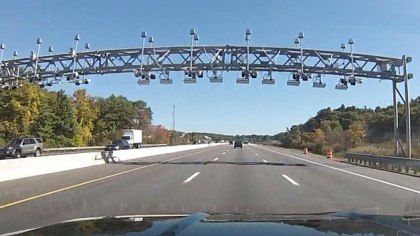
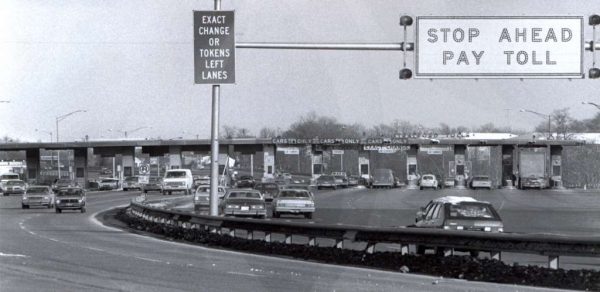
 “Despite growing private-sector demand, it appears that construction employment in some parts of the country is being brought down by declining public-sector investments,” said Ken Simonson, chief economist for the association. “Some of these declines will be offset thanks to recently enacted state infrastructure funding increases, but stagnant federal investments are not helping.”
“Despite growing private-sector demand, it appears that construction employment in some parts of the country is being brought down by declining public-sector investments,” said Ken Simonson, chief economist for the association. “Some of these declines will be offset thanks to recently enacted state infrastructure funding increases, but stagnant federal investments are not helping.” e of new construction jobs during the past year, followed by Nevada (12.8 percent, 9,700 jobs).
e of new construction jobs during the past year, followed by Nevada (12.8 percent, 9,700 jobs).



 Attracting hundreds of women in manufacturing from across the country, WiM's annual Summit is the only national conference of its kind. This networking and educational event features manufacturing plant tours, professional development tracks, industry roundtables, keynote presentations and social events to expand participants' networks.
Attracting hundreds of women in manufacturing from across the country, WiM's annual Summit is the only national conference of its kind. This networking and educational event features manufacturing plant tours, professional development tracks, industry roundtables, keynote presentations and social events to expand participants' networks. any, TRUMPF Inc., and Pratt & Whitney, all on the opening day of the conference on September 13.
any, TRUMPF Inc., and Pratt & Whitney, all on the opening day of the conference on September 13. Engineers, and George Saiz, President & CEO of The Association for Manufacturing Excellence.
Engineers, and George Saiz, President & CEO of The Association for Manufacturing Excellence. Among the host committee members is the Connecticut Business and Industry Association. The New Haven Manufacturers Association and the Waterbury Regional Chamber’s Manufacturer’s Council are among the Supporting Partners for the Summit.
Among the host committee members is the Connecticut Business and Industry Association. The New Haven Manufacturers Association and the Waterbury Regional Chamber’s Manufacturer’s Council are among the Supporting Partners for the Summit.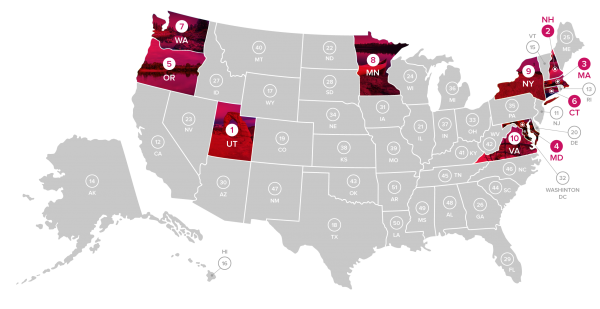
 The analysis points out that a main reason why people don’t have access to broadband internet is due to a lack of income. Cited is a Pew Research poll that found 23 percent of people making under $30,000 per year don’t use the internet, possibly because of the high price for something they don’t consider a basic need. Most rural schools across the country still lack access to fiber and pay more than twice as much for bandwidth.
The analysis points out that a main reason why people don’t have access to broadband internet is due to a lack of income. Cited is a Pew Research poll that found 23 percent of people making under $30,000 per year don’t use the internet, possibly because of the high price for something they don’t consider a basic need. Most rural schools across the country still lack access to fiber and pay more than twice as much for bandwidth.





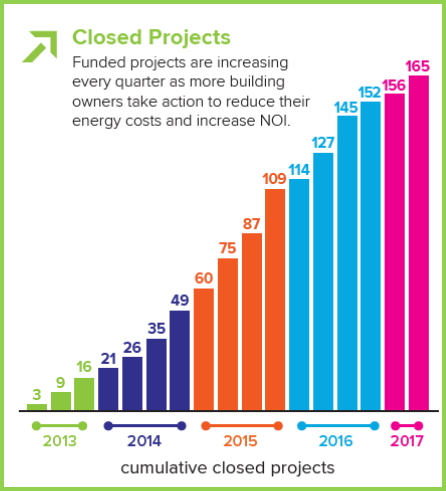 boilers, energy efficiency lighting measures, HVAC systems, and other energy improvements that help building owners to take control of their energy costs.
boilers, energy efficiency lighting measures, HVAC systems, and other energy improvements that help building owners to take control of their energy costs.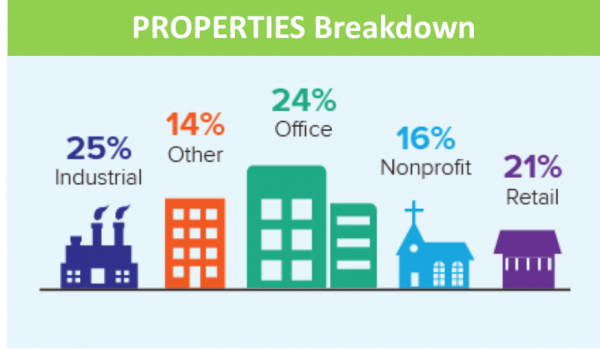 without the support of our contractors, capital providers, municipal officials, and other stakeholders who have contributed to the C-PACE movement,” said Mackey Dykes, Vice President of Commercial, Industrial and Institutional programs at the Connecticut Green Bank. “There is still significant potential for energy improvements for Connecticut businesses and non-profits, and we look forward to bringing cleaner and cheaper energy to more building owners across the state.”
without the support of our contractors, capital providers, municipal officials, and other stakeholders who have contributed to the C-PACE movement,” said Mackey Dykes, Vice President of Commercial, Industrial and Institutional programs at the Connecticut Green Bank. “There is still significant potential for energy improvements for Connecticut businesses and non-profits, and we look forward to bringing cleaner and cheaper energy to more building owners across the state.” make the financing of clean energy deployment more accessible and affordable for consumers and businesses. In 2011 the state legislature created the Connecticut Green Bank, the nation’s first green bank. It uses public funds to attract private capital investment in green energy projects. By leveraging private investment, the Green Bank significantly increases the total amount of financing available for clean energy projects.
make the financing of clean energy deployment more accessible and affordable for consumers and businesses. In 2011 the state legislature created the Connecticut Green Bank, the nation’s first green bank. It uses public funds to attract private capital investment in green energy projects. By leveraging private investment, the Green Bank significantly increases the total amount of financing available for clean energy projects.



























